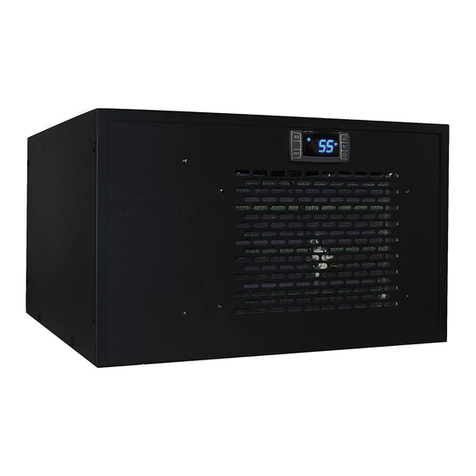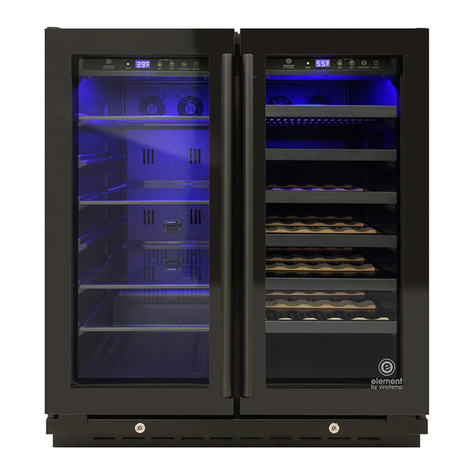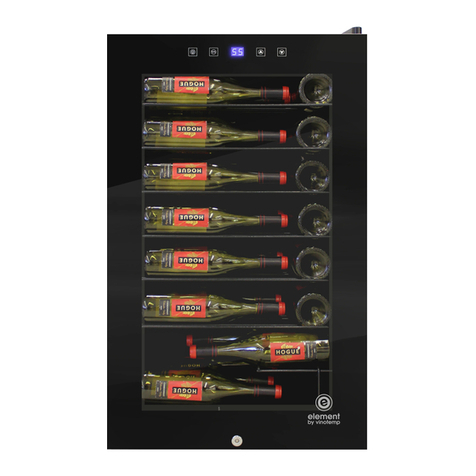Vinotemp VT-DS300SS-2Z User manual
Other Vinotemp Kitchen Appliance manuals
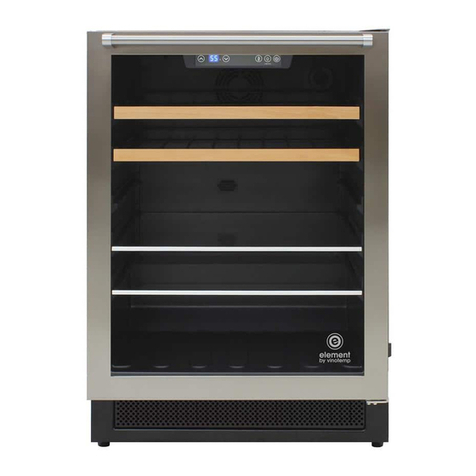
Vinotemp
Vinotemp element EL-24THWB User manual

Vinotemp
Vinotemp V T-34 TS User manual

Vinotemp
Vinotemp Element EL-30SWCB2D User manual

Vinotemp
Vinotemp Element EL-168ZZ-SSD User manual
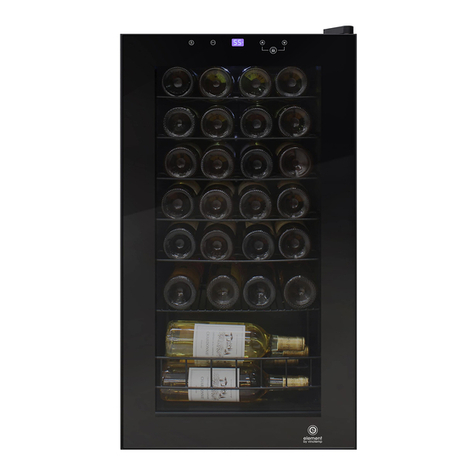
Vinotemp
Vinotemp element EL-28TS User manual
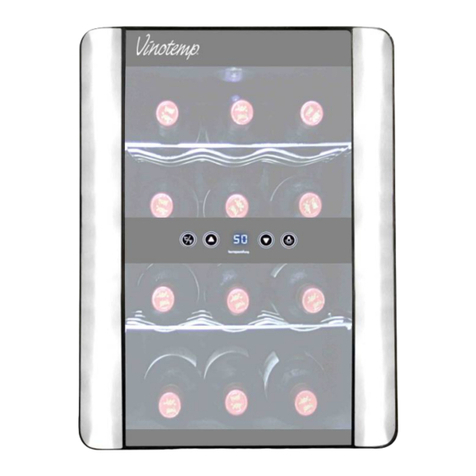
Vinotemp
Vinotemp VT-12TEDi User manual
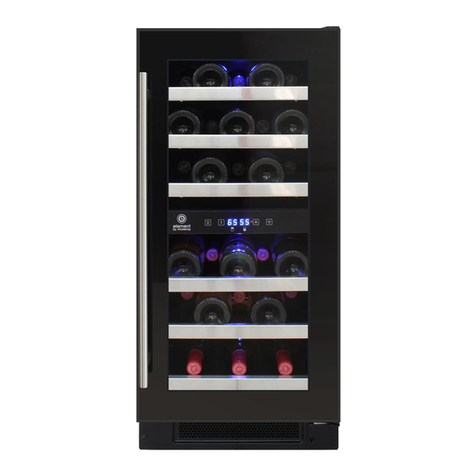
Vinotemp
Vinotemp element EL-WCU101-03 User manual
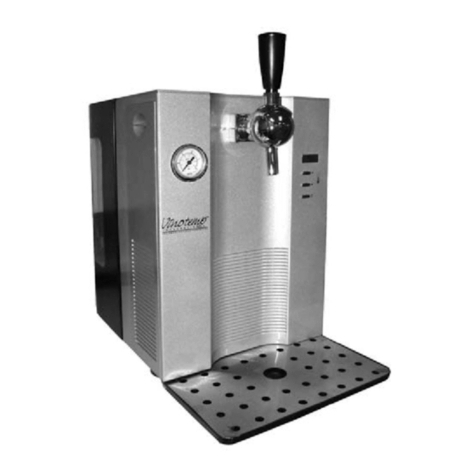
Vinotemp
Vinotemp VT-BD User manual
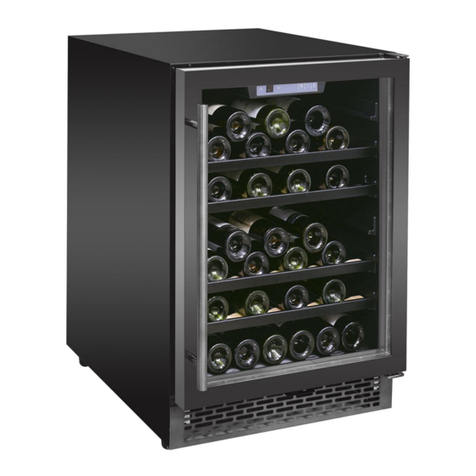
Vinotemp
Vinotemp element EL-54WCGM User manual
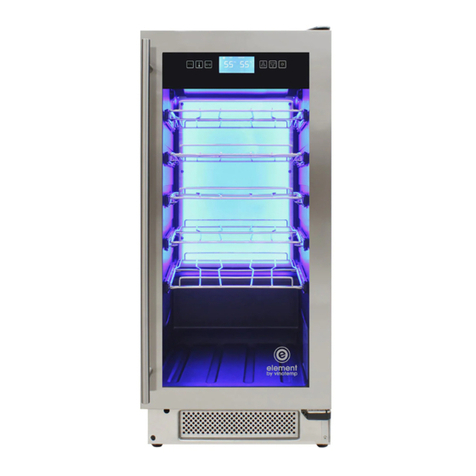
Vinotemp
Vinotemp Element EL-32COMM-SS User manual
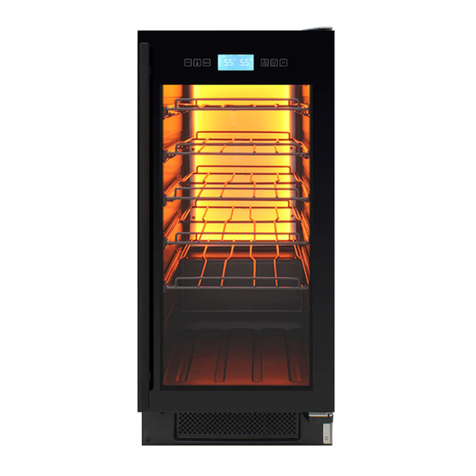
Vinotemp
Vinotemp Element EL-32COMM-B User manual

Vinotemp
Vinotemp VT-12TEDi User manual
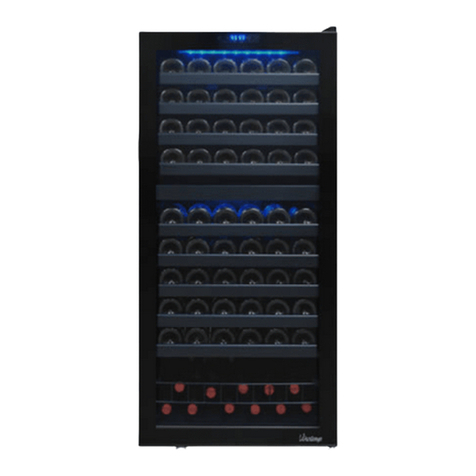
Vinotemp
Vinotemp Portofino Series User manual

Vinotemp
Vinotemp VT-21TS-2Z User manual
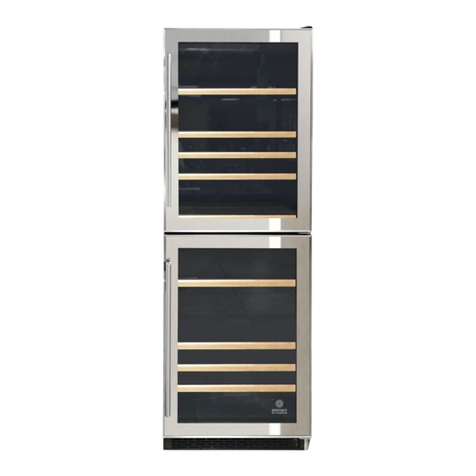
Vinotemp
Vinotemp element VT-100MBWB User manual
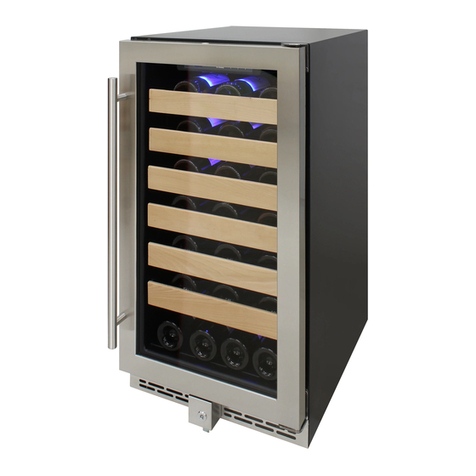
Vinotemp
Vinotemp element EL-40WCST User manual
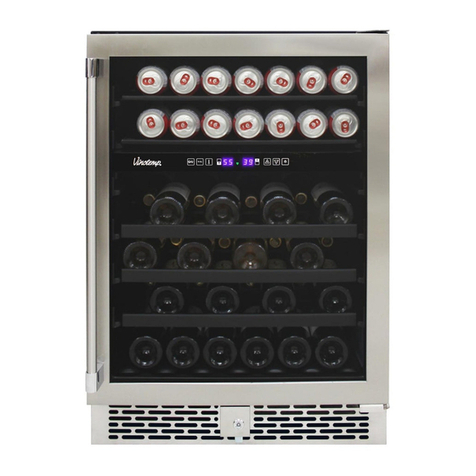
Vinotemp
Vinotemp VT-OUTDR24GD User manual
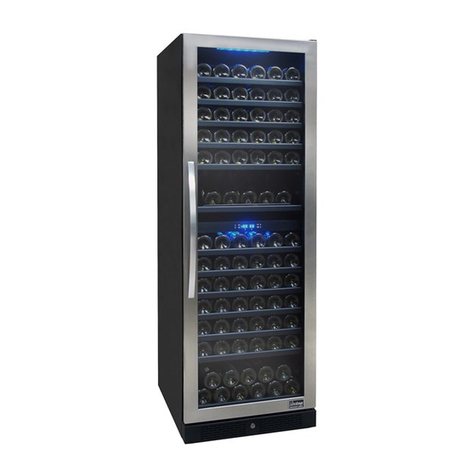
Vinotemp
Vinotemp Designer VT-DS26SB149 User manual
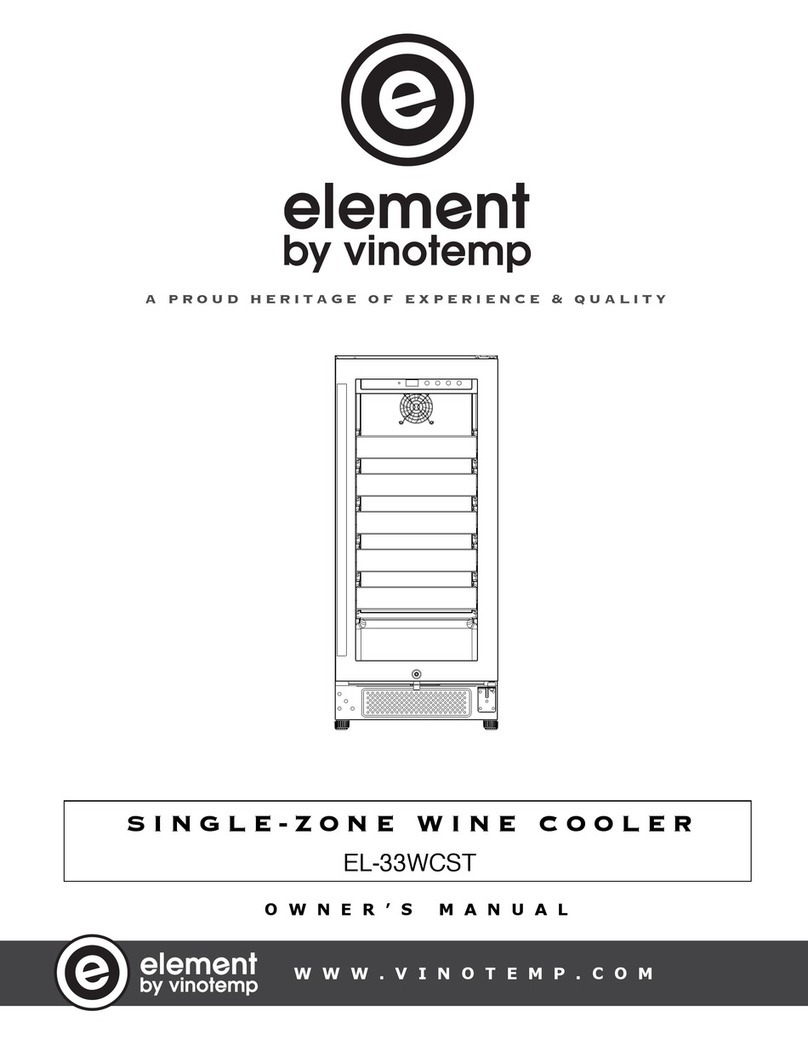
Vinotemp
Vinotemp element EL-33WCST User manual
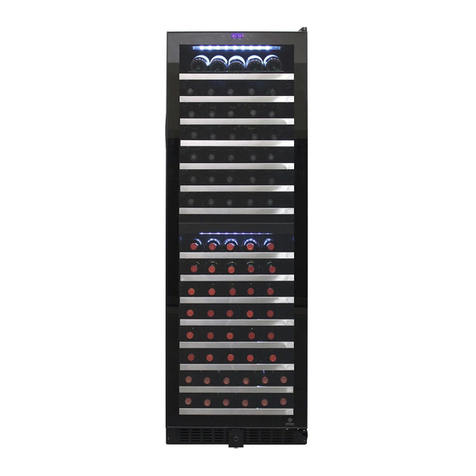
Vinotemp
Vinotemp Element EL-142TSST User manual

